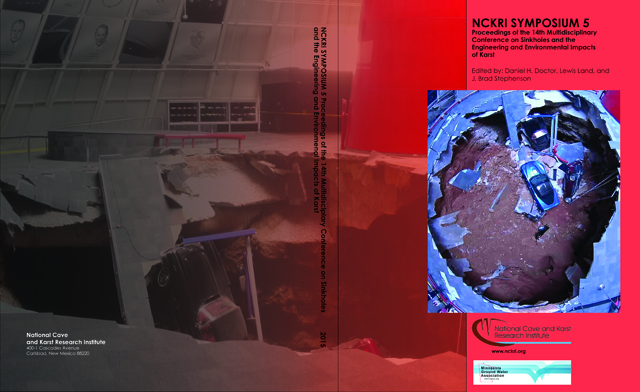Abstract
The northern karst region of Puerto Rico has a long and extensive history of toxic spills, chemical waste, and industrial solvent release into the subsurface. High potential for exposure in the region has prompted aggressive remediation measures, which have extended for over 40 years. Of particular concern is contamination with chlorinated volatile organic compounds (CVOCs) because of their ubiquitous presence and potential health impacts. This work evaluates historical groundwater quality data to assess the spatiotemporal distribution of CVOC contamination in the karst aquifer system of northern Puerto Rico, and its response to remedial action in two superfund sites contaminated with CVOCs. Historical data collected from different information sources with different monitoring objectives is evaluated spatially and temporally using Geographic Information System (GIS) and statistical analysis. The analysis shows a significant extent of contamination that comes from multiple sources and spreads beyond the demarked sources of pollution. CVOCs are detected in 65% of all samples and 78% of all sampled wells. Groundwater shows continued level of contamination over long periods of time, demonstrating a strong capacity of the karst groundwater system to store and slowly release contamination. Trichloroethene and Tetrachloroethene are the most frequently found, although other CVOCs (e.g., Trichloromethane, Dichloromethane, Carbon Tetrachloride) are detected as well. The spatial and temporal distributions of CVOCs seem to be highly dependent upon the monitoring scheme and objectives, indicating that the data does not adequately capture the contamination plumes. Targeted remedial action using pump and treat (air stripping) and soil vapor extraction in two superfund sites has reduced concentrations over time, but the spatial and temporal extent of the contamination reflect inability to completely capture the heterogeneous plumes.
Rights Information

This work is licensed under a Creative Commons Attribution-Noncommercial-No Derivative Works 3.0 License.
DOI
http://dx.doi.org/10.5038/9780991000951.1075
Spatiotemporal Response of CVOC Contamination and Remedial Actions in Eogenetic Karst Aquifers
The northern karst region of Puerto Rico has a long and extensive history of toxic spills, chemical waste, and industrial solvent release into the subsurface. High potential for exposure in the region has prompted aggressive remediation measures, which have extended for over 40 years. Of particular concern is contamination with chlorinated volatile organic compounds (CVOCs) because of their ubiquitous presence and potential health impacts. This work evaluates historical groundwater quality data to assess the spatiotemporal distribution of CVOC contamination in the karst aquifer system of northern Puerto Rico, and its response to remedial action in two superfund sites contaminated with CVOCs. Historical data collected from different information sources with different monitoring objectives is evaluated spatially and temporally using Geographic Information System (GIS) and statistical analysis. The analysis shows a significant extent of contamination that comes from multiple sources and spreads beyond the demarked sources of pollution. CVOCs are detected in 65% of all samples and 78% of all sampled wells. Groundwater shows continued level of contamination over long periods of time, demonstrating a strong capacity of the karst groundwater system to store and slowly release contamination. Trichloroethene and Tetrachloroethene are the most frequently found, although other CVOCs (e.g., Trichloromethane, Dichloromethane, Carbon Tetrachloride) are detected as well. The spatial and temporal distributions of CVOCs seem to be highly dependent upon the monitoring scheme and objectives, indicating that the data does not adequately capture the contamination plumes. Targeted remedial action using pump and treat (air stripping) and soil vapor extraction in two superfund sites has reduced concentrations over time, but the spatial and temporal extent of the contamination reflect inability to completely capture the heterogeneous plumes.

